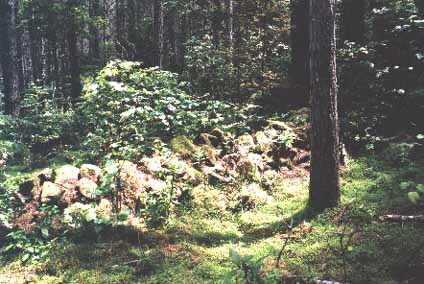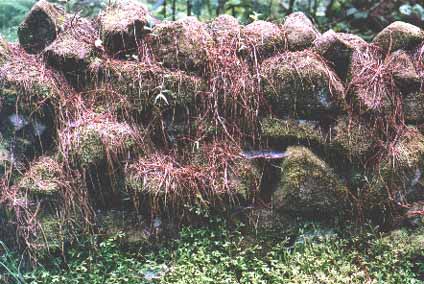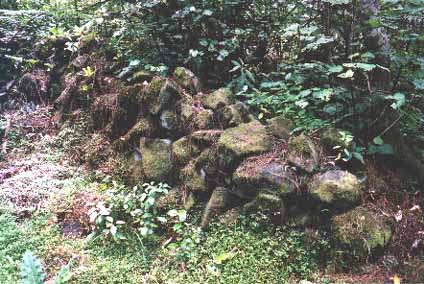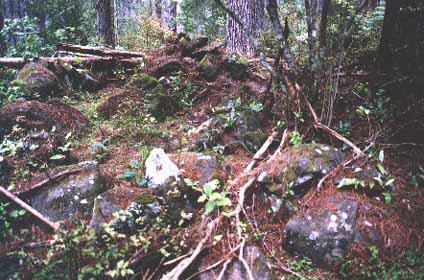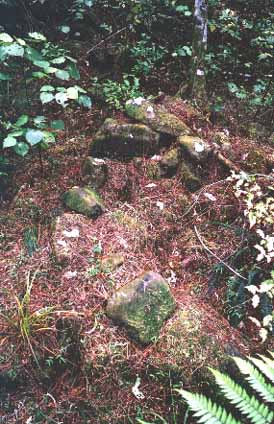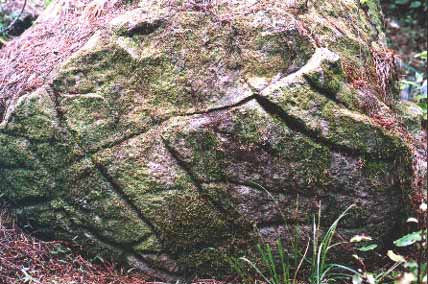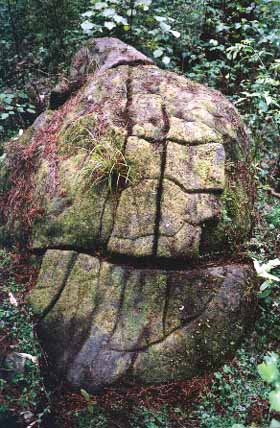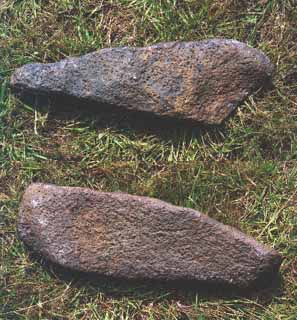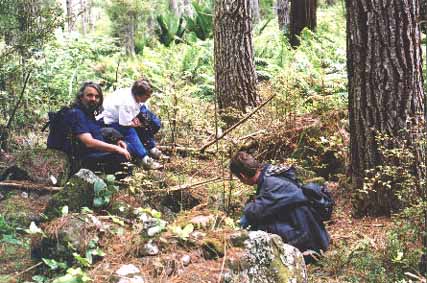The following photos of dilapidated structures were taken on 11th November 2000. These are a few examples of registered structures, designated as purpose built by archaeologists, which were mapped by position, described and recorded for posterity. The information derived was considered so sensitive that it was then labelled "restricted" and not to be viewed by the general public until the year 2063.
